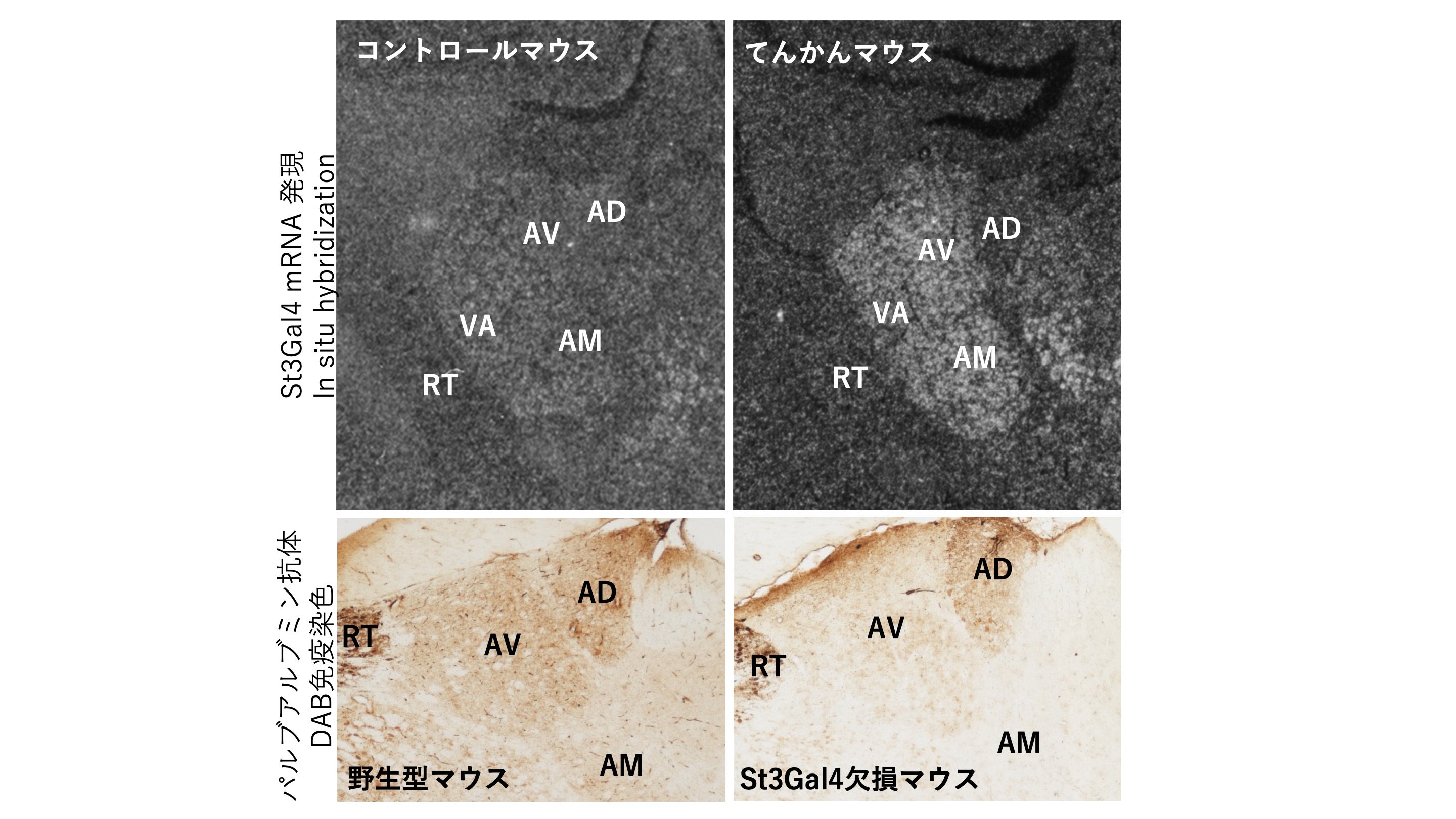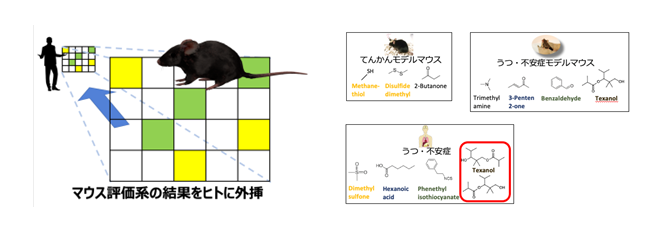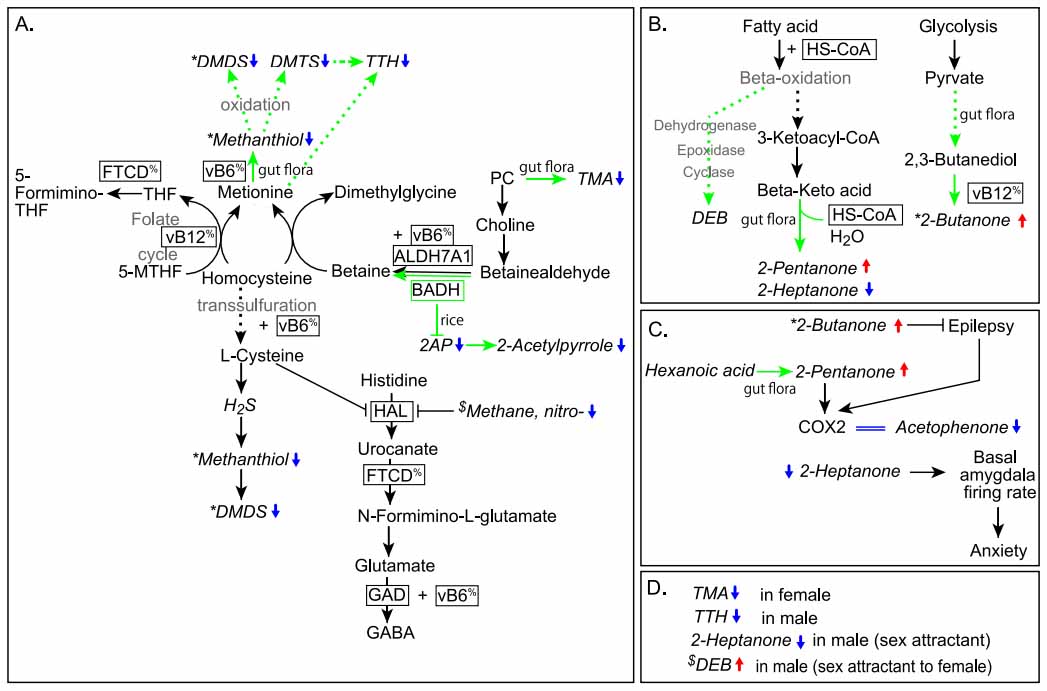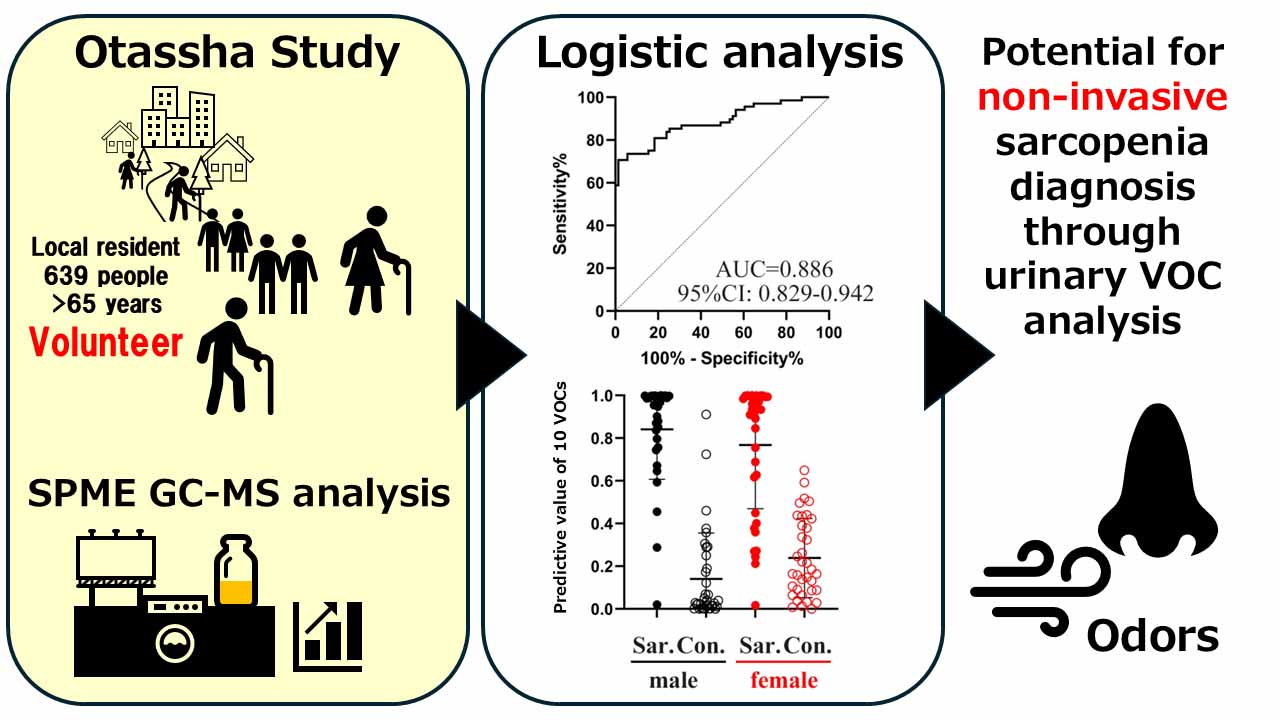Research
1. The Limbic System's Control of the Balance Between Mind and Body
Emotions such as joy, sadness, anger, fear, and anxiety, especially those that arise suddenly, are short-lived, and exhibit intense responses, are referred to as "emotions" or "affective responses." These emotions can be distinguished from "mood," a more prolonged and gradual state of mind. While the term "emotion" encompasses both emotions and moods, "emotion" specifically refers to a state that can be recognized by physiological reactions or behaviors in response to sensory stimuli. "Emotion" includes basic emotions seen in mice, such as anger, fear, and anxiety, as well as higher-order social emotions in humans, such as elation, empathy, embarrassment, guilt, and jealousy. The limbic system, often called the "emotional brain," is located within the inner regions of the brain, where the mind is generated. It includes the amygdala (the emotional center), hippocampus (the memory center), thalamus (which relays sensory input to the cerebral cortex), and hypothalamus (which controls autonomic functions). Our research focuses on the neural circuits surrounding the neurons of the thalamus, which acts as the relay nucleus for sensory stimuli, using model mice. We aim to elucidate the molecular mechanisms underlying "the origins of emotion" and "the impact of emotion on metabolism" through the study of neural circuits.
(1) Elucidating the Brain Function of Sialyltransferase St3gal4 in Regulating Emotional Behaviors
Sialic acid is an acidic sugar that binds to the terminal position of glycoconjugates, such as glycoproteins and glycolipids. Due to its widespread expression on cell membranes, sialic acid plays a key role in regulating various biological processes, including cell-cell interactions, cell adhesion, and metastasis. Glycoproteins and glycolipids modified with sialic acid are synthesized by the action of sialyltransferases, which transfer sialic acid from CMP-sialic acid to a glycan receptor substrate. In mammals, 20 types of sialyltransferases have been identified, and they are classified into four families: α2,3-sialyltransferases (ST3Gal I-IV), α2,6-sialyltransferases (ST6Gal I-II), α2,8-sialyltransferases (ST8Sia I-VI), and GalNAc α2,6-sialyltransferases (ST6GalNAc I-IV). Each enzyme exhibits different substrate specificities toward the glycan receptors.
★Emotional Behaviors and Metabolic Burden Induced by Changes in Sialic Acid Modifications
Behavioral experiments are conducted to objectively assess changes in emotional behaviors, and alterations in metabolic enzymes and metabolites are observed. From the following behavioral tests, ST3Gal IV-deficient mice exhibited environmental maladaptation, reduced sociability, enhanced auditory cue memory, and increased helplessness, indicating that they serve as a model for depression and anxiety disorders.
Recently, it has been found that loss of St3gal4 leads to decreased expression of alkaline phosphatase (ALP) in St3gal4-expressing neurons in the brain (thalamus), accompanied by an increase in blood ALP levels.
*The following behavioral experiments are used to observe emotional behaviors: Open Field Test: Measures environmental maladaptation Elevated Plus Maze Test: Assesses exploratory behavior Social Interaction Test: Evaluates sociability Delayed-Fear Conditioning Test: Tests contextual memory and auditory cue memory Forced Swim Test and Tail Suspension Test: Measure helplessness Sleep Test: Monitors sleep patterns Startle Test and Prepulse Inhibition Test: Assess startle responses and sensory gating
★α2,3-sialyltransferases (ST3Gal IV)
Recent research suggests that the deficiency of the sialyltransferase enzyme St3Gal4 may affect the projection of parvalbumin-positive GABA neurons from the thalamic reticular nucleus to the anterior thalamic nuclei. This finding indicates that the absence of sialylation by St3Gal4 might hinder the axonal outgrowth of neurons that are supposed to reach these target regions.

(2) Comorbidities in Temporal Lobe Epilepsy Model Mice with a Firing Focus in the Amygdala, the Emotional Center—Mechanisms of Obesity and Diabetes Onset
It is known that the onset of epilepsy increases the risk of comorbid metabolic diseases such as obesity and diabetes. In a temporal lobe epilepsy model mouse induced by stimulation of the lateral basal nucleus of the amygdala, weight differences begin to appear within one week after the onset of epileptic seizures, with a decline in glucose tolerance observed after three weeks. After seven weeks, fasting blood glucose and insulin levels increase, and the HOMA-IR value (an indicator of type 2 diabetes progression) is elevated, along with significant obesity. Using this amygdala stimulation-induced epilepsy model mouse, we aim to elucidate the mechanisms underlying hyperglycemia and obesity induced by epileptic seizures.
2. Smell and Frailty
It is known that odors associated with diseases exist. Research on model mice related to "emotions" has revealed a connection to lipid metabolism. Based on this, we hypothesized a relationship between the final metabolic products of lipids and volatile odors, and have been advancing research in this area. So far, studies using model mice have shown that the metabolic pathways revealed by urinary odorants (volatile organic compounds, VOCs) found in mice can be extrapolated to humans.
★From the discovery of epilepsy biomarkers and depression/anxiety biomarkers in mice, we are attempting to detect frailty biomarkers in the elderly. (Scientific Reports 9:10586, 2019;PLOS ONE 15:e0229269, 2020;Discover Mental Health. 2, 1, 20, 2022)

★Discovery of novel urinary biomarkers for detecting depression and anxiety in the elderly and estimation of the metabolic pathways influenced by them.
It is estimated that epilepsy biomarkers are related to the methionine-homocysteine pathway, and the convergence point of metabolic pathways associated with depression and anxiety biomarkers in both mice and humans can be predicted.

(Scientific Reports 9:10586, 2019)
★Discovery of Novel Urinary Biomarkers for Detecting Sarcopenia in Older Adults and Their Discriminative Performance
Sarcopenia can be accurately distinguished using AI based on 10 urinary biomarkers.

(Geriatr Gerontol Int. Feb;25(2):307-315. , 2025)
★The effects of mental frailty and lipids in humans and mice. When comparing mice fed a standard diet (8% fat) to mice fed a diet containing 18% fat, it was reported that mice on the 18% fat diet exhibited a reduction in auditory fear memory.(PLOS ONE 10:e0120753, 2015)Elderly individuals exhibiting depression and anxiety showed that those with higher biomarker values had a lower frequency of fat intake.(Discover Mental Health. 2, 1, 20, 2022)
